Day 1: JORHAT – MAJULI (47 kms + ½ by boat)
Arrive Jorhat airport, transfer to Majuli. Arrive and check into hotel/Bamboo hut.
Majuli Island: Majuli, the largest river island in the world, is being short listed for future status of UNESCO World Cultural Heritage Site. The formation of this river island dates back to 1691 AD, when a great flood swept Assam and created a new island in the midst of river Brahmaputra. Majuli is acclaimed mainly as the main centre of vaishnavite culture and satras of Assam. Srimanta Sankardeva, the Vaishnava saint and religious reformer of vaishnavism and his disciple Madhavdeva took forward the vaishnavite culture at Majuli. The first satra (monastery) was established at Belguri, the western part of
Majuli.
The satras represent the preservation and propagation of socio-cultural ethics and ideals of Assam. There were about 66 satras at Majuli. At present, only 31 of them are survived. These satras are great places of visit during the Raas festivals. Majuli also appeals tourists for its various attractions like rare seasonal migratory birds, display of various collection of traditional handicrafts, pottery, various ethnic dance forms, religious and mythological-based dramas etc.
At Majuli, a rare sight of Gangetic River Dolphin in the mighty Brahmaputra River may be an experience for lifetime. Arrive at Majuli and check-in at hotel / traditionally built bamboo cottage. Later visit –
Auniati Satra: Founded by Niranjan Pathakdeva, the main attraction of this vaishnavite satra are its Paal Naam Ceremony, Dashavatar dance and Puppet shows. The satra also offers a magnificent display of ancient collection of utensils, jewelry and handicrafts representing Assamese culture.
Uttar Kamalabari Satra: Uttar Kamalabari satra, a part of the actual Kamalabari Satra was founded by Padma Aata or Badula Aata, a disciple of Shri Shri Madhavdeva. It is a centre of Assamese art, culture and cultural studies. The satra is famous for Ankia Naat drama and Saali dance forms. It also has a branch in Guwahati. This branch has displayed Sattriya dance in many states of India and abroad.
Natun Samaguri Satra: Globally famous for traditional art of mask making culture, Natun Samaguri Satra is a newly instituted branch of Samaguri Satra, originally established by Chakrapani Ata, an illustrious disciple of vaishnavite saints Srimanta Shankardeva and Shri Shri Madhavdeva. Experts of this monastery make masks for the performers of religious plays and also for decorative purpose. Masks crafted in this monastery are exported on demand made by the tourists from time to time.
Mishing Tribal Village: The Mishings are the largest ethnic tribal group in India. Earlier called Miris in the historical days, this group belongs to greater Tani people community, which comprises other Tani tribes such as Adi, Apatani, Nyishi, Padam, Minyong etc. in India and in Tibet Autonomous Region in China. The cultural, linguistic and ritual aspects of all Tani tribes are quite similar. The Mishings specifically belong to a Southeast Asian sub-race of the Mongoloid race. There are no written records about the migration of Mishings from hills to the plains of Assam. Historical and folklore sources regard that the Mishings were the Adis who migrated to Assam. Legend narrates of the Mishings coming in contact with the more civilized communities residing in the plains of Assam during early 16th century.
The Mishings originally believed the Donyi-Polo religion, but later on a majority of them converted to Hinduism and a minimal group took to Christianity. Ali-Aye-Ligang is the major festival of this tribe celebrated during the month of February. They also observe other festivals such as Pohrag and Dobur. Mishing culture exhibits traditional craft of weaving colourful cotton cloths. Mishing women weave cotton jackets, light cotton towels, endi shawls, thick loin cloths and shirting. Mishing women weave ‘ege’, ‘rihbi’, ‘gaseng’, ‘gero’, ‘seleng gasor’, ‘riya’, ‘segreg’ and ‘potub’. All these are beautiful cloth sheets with broad & narrow stripes of bright contrastive colours worn by Mishing women. They also weave ‘niseg’ so that mothers can carry their babies in their back.
If time permits, visit – Pottery culture: Pottery is an ancient culture of Majuli. It is one of the traditional forms of cottage industry in Assam. At present, more than 4000 people at Majuli live on pottery culture for their livelihood. The potters at Majuli practice a peculiar technique in which they beat the clay by hand to make the utensils. Visit Kumhar Gaon to have a glimpse in the rural lives of the potters at Majuli working without the wheels which indicate a historic origin of this culture.
Later, enjoy a magnificent Sunset view in the Brahmaputra River from Ferry Point. Overnight: Stay in hotel / bamboo cottage.

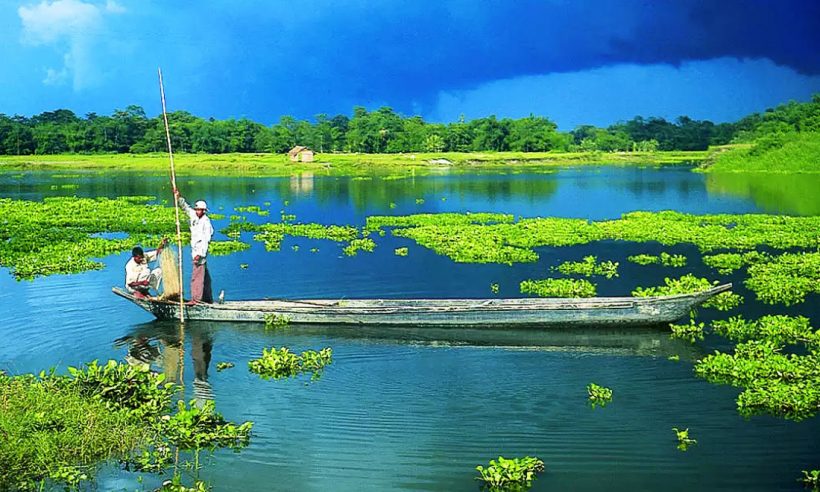
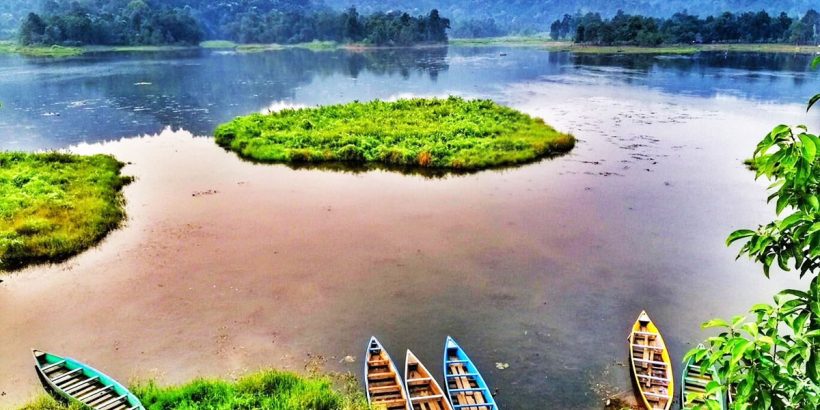
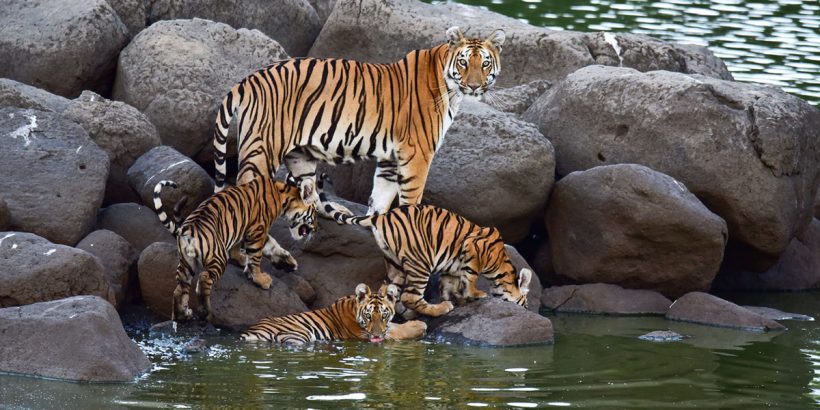
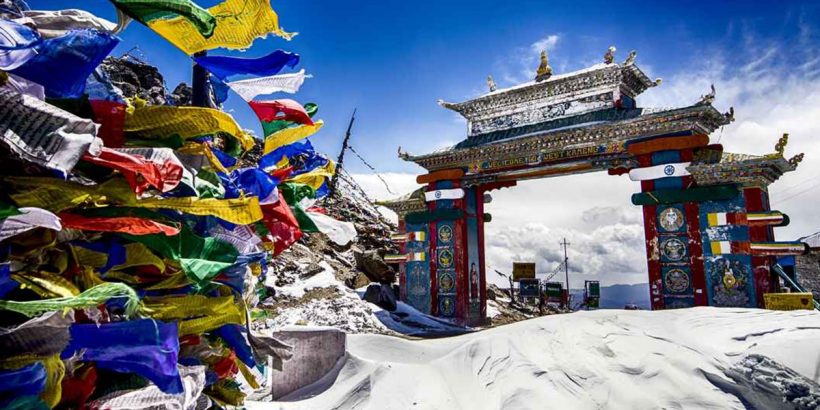
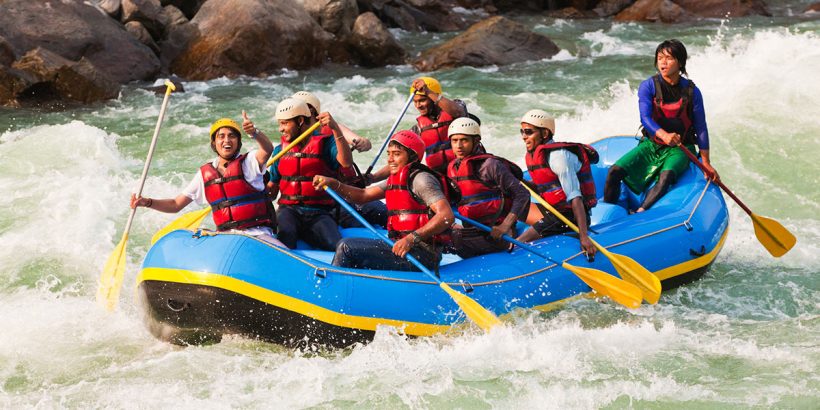
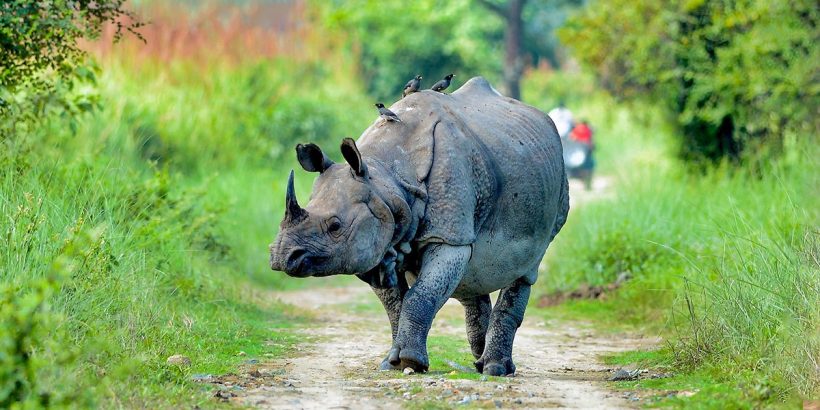
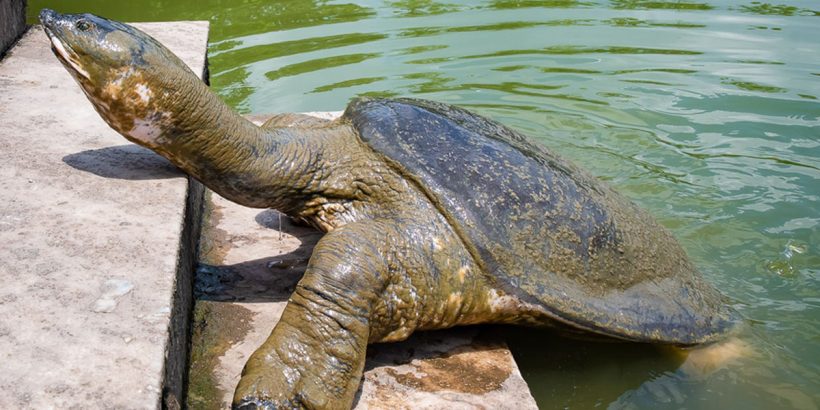
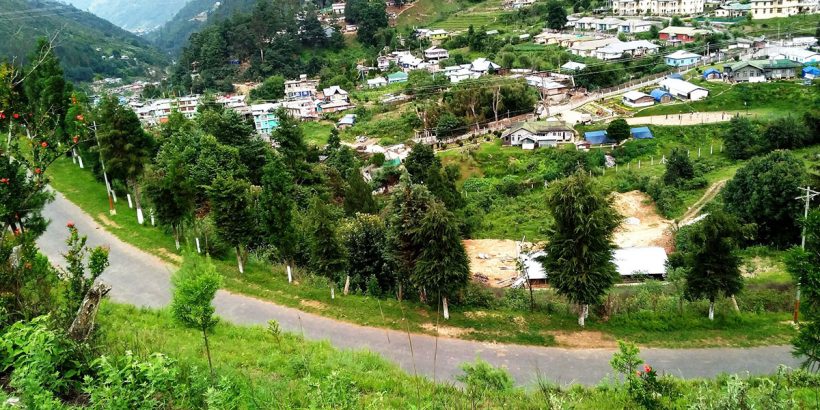
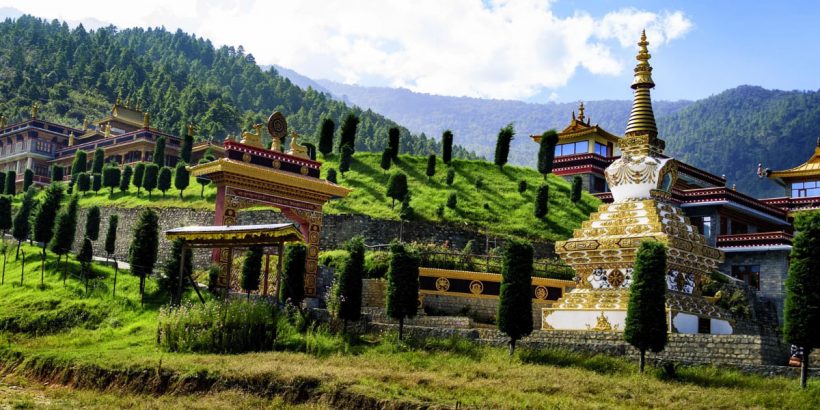
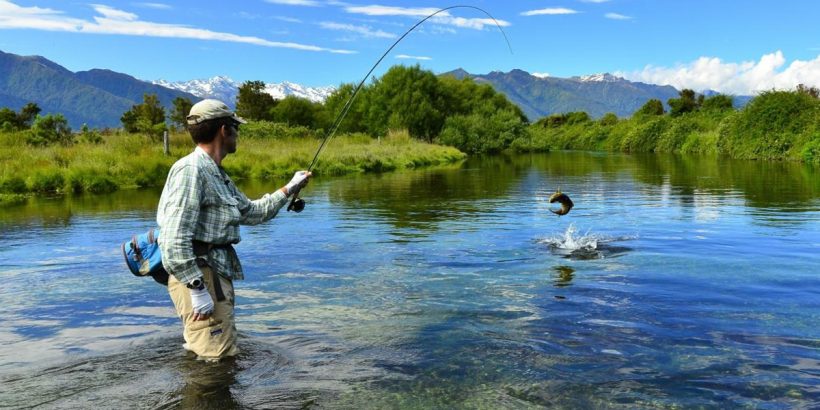
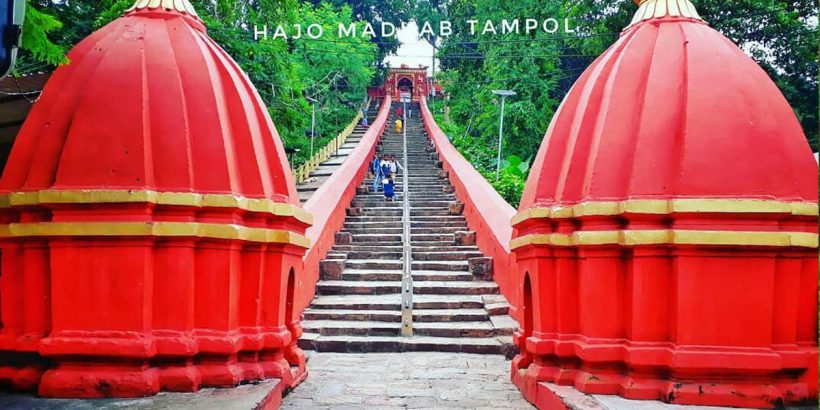
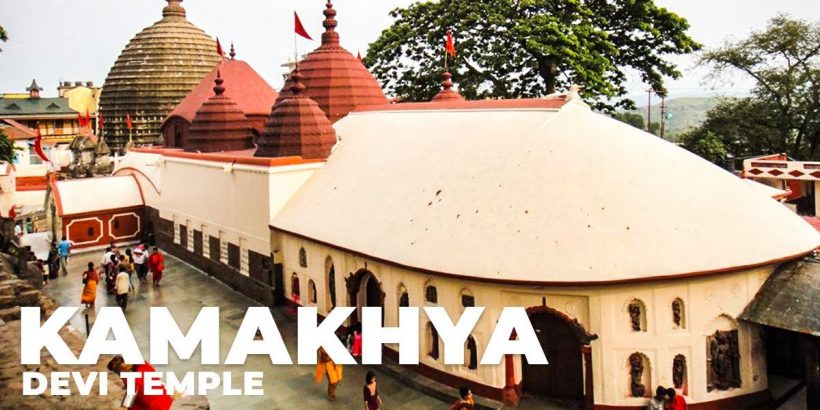
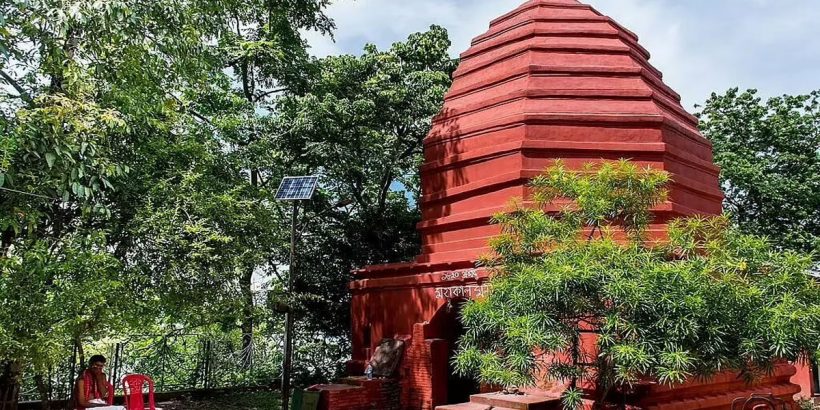
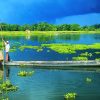
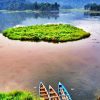
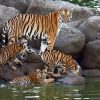
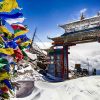
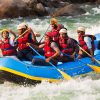
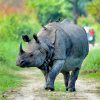
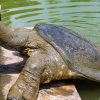
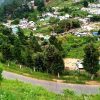
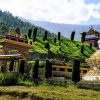
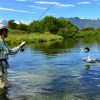
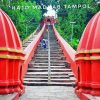
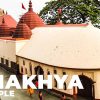

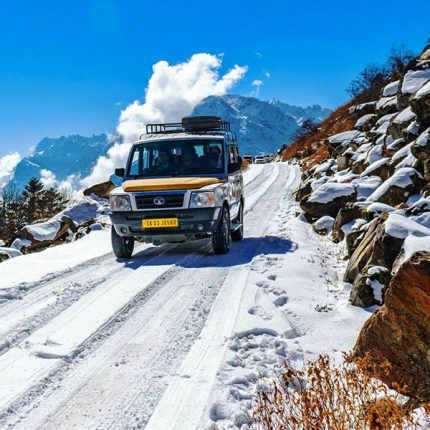
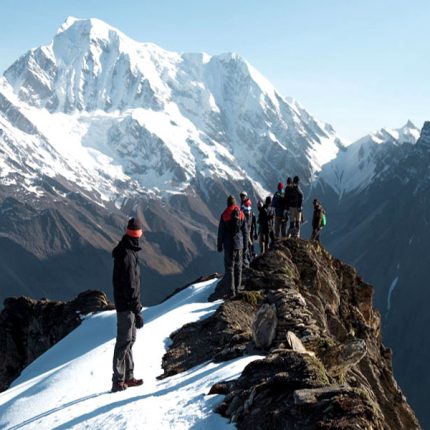
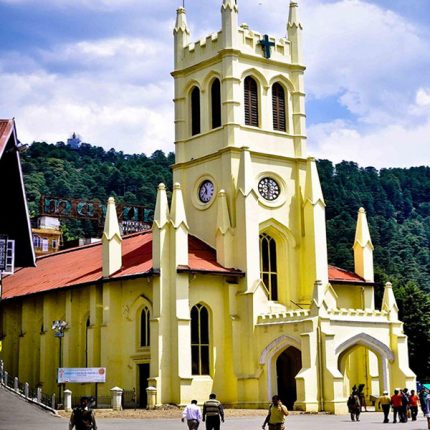
Reviews
There are no reviews yet.